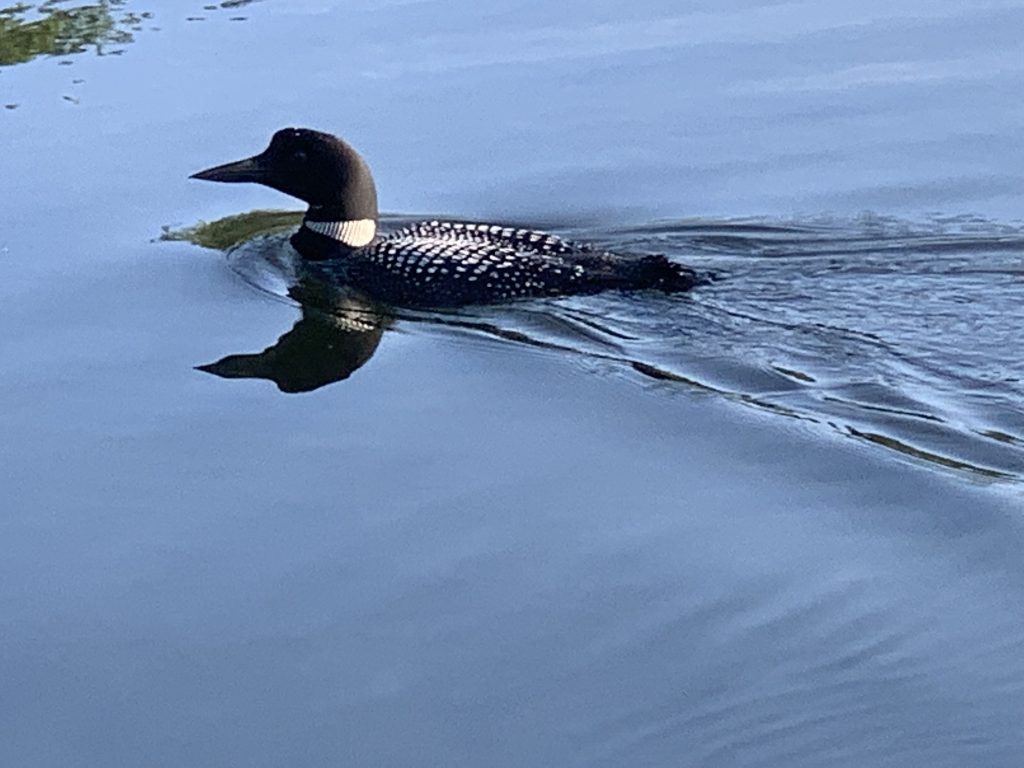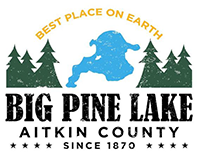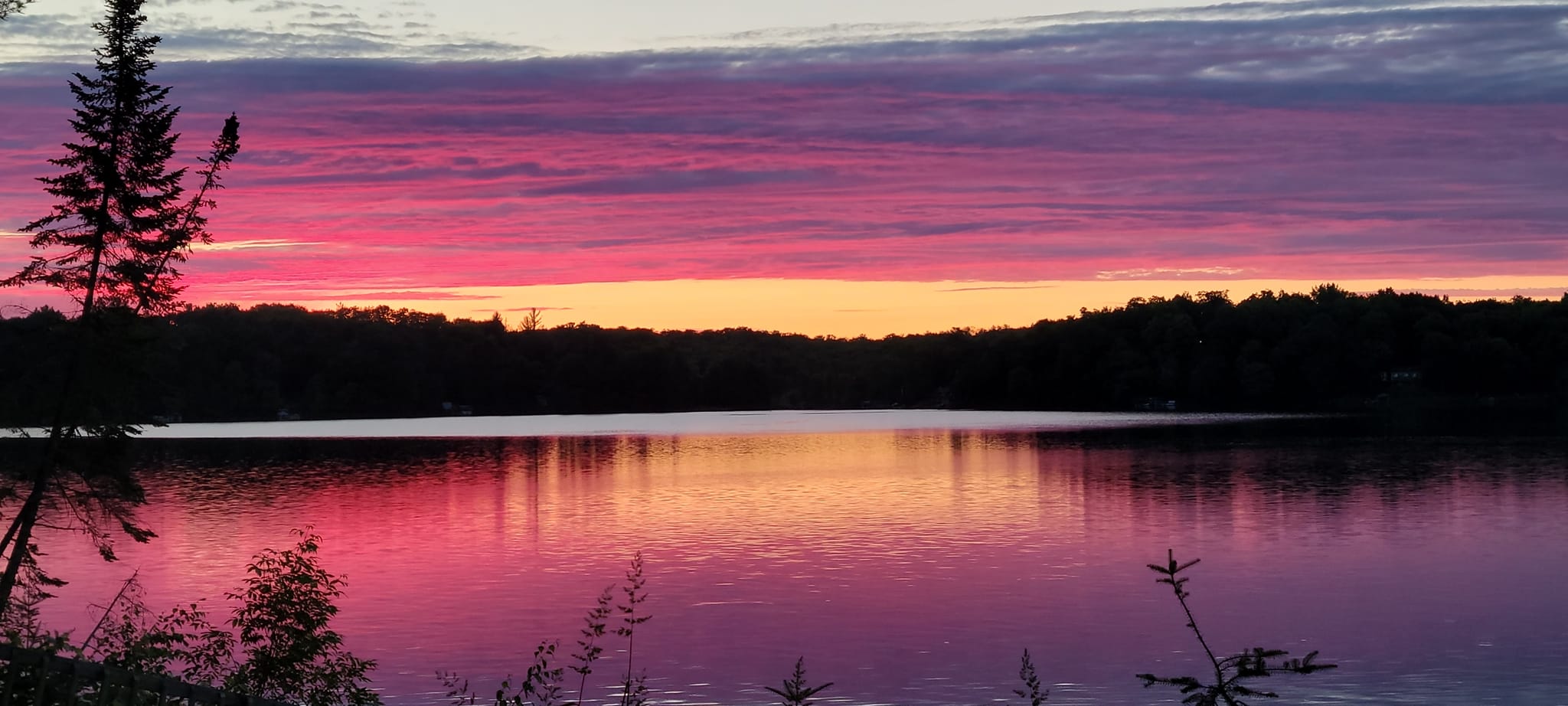
Photo Credit: Tom Hubbard
Big Pine Lake Lake Monitoring Program
Big Pine Lake currently has a volunteer who observes loons and shares information with the DNR. According to the DNR: “This long-term data gives us the ability to detect changes in the adult population and reproductive success of the state’s common loons and to anticipate any problems that could jeopardize the future of our state….Loons are good indicators of water quality because they need clean, clear water to catch food; sensitive to disturbance and lakeshore development; indicators of the effect of contaminants like mercury and lead in the environment; and enjoyable for Minnesotans to watch!”
MNDNR Loon Monitoring Lakes Program Link
MNDNR Monitoring Loons PDF
Be Loon Aware from MNDNR PDF
MNDNR Loon Occupancy by County
Minnesota’s State Bird is the Loon
The common loon are large black and white birds with red eyes. They have wingspans up to five feet and body lengths up to three feet. They are clumsy on land because their feet are situated toward the back of their bodies, but they are high-speed flyers and excellent underwater swimmers–they will dive to depths of 90 feet in pursuit of fish to eat. Loons are known for their soliloquy of cries, wails, and yodels; their eerie, echoing calls are a distinctive feature of Minnesota’s northern lakes. Approximately 12,000 of this waterfowl make their summer homes in the state. The link below provides further information on our state bird and some interesting and fun facts!
Listen to the Various Calls of the Loon
The call of the Loon includes the wail, the hoot, the yodel. the tremolo and the cooing. The wail is for long range communication between loon pairs; the hoot is used for short range communication between family members; the yodel is used only by males when threatened to warn others; the tremolo is considered a crazy laugh used for intruders; cooing is used when close, mating and when nesting with chicks. Listen to the calls in the link below.
Loons and Lead
It is estimated that up to 25% of loon deaths are caused by lead poisoning. Loons swallow small stones from lake bottoms in order to digest and this is where they take lead tackle from the lake bottom. Loons also eat fish that ingest lead tackle.
2014 Common Loon Minnesota Conservation Summary PDF
“Get the Lead Out” Program
The Minnesota Pollution Control Agency (MPCA) is leading the effort to reduce the use of lead fishing tackle. The MN DNR is partnering with MPCA to encouraging anglers and lake users to recycle lead tackle, hosting lead tackle collection events and education outreach. More information on the following websites.
PCA Getting lead out of fishing tackle
DRN Support for Loons
Loon Rescue, Inc., a nonprofit association, Facebook Page Link provides phone numbers for rescue needs.

